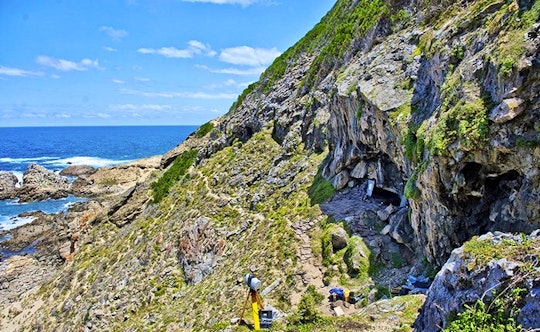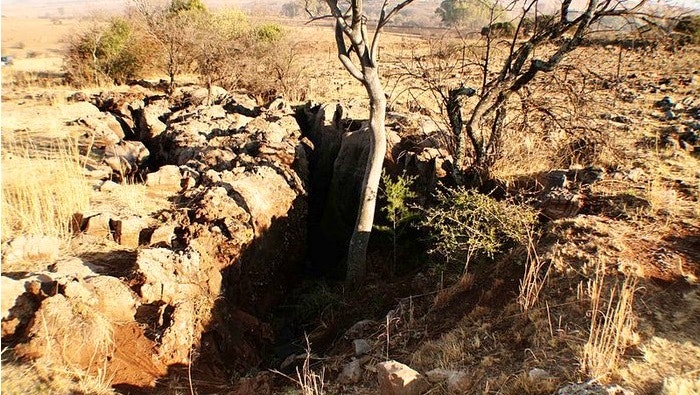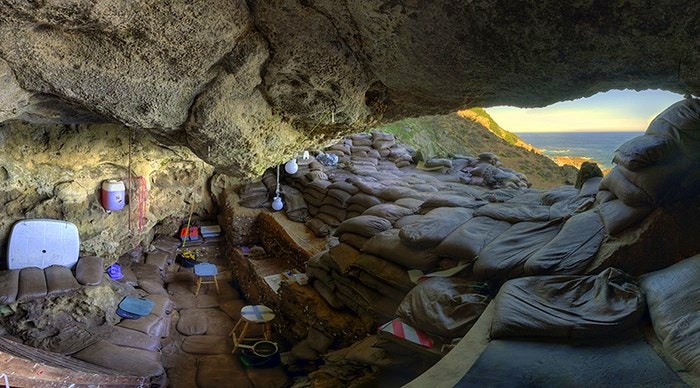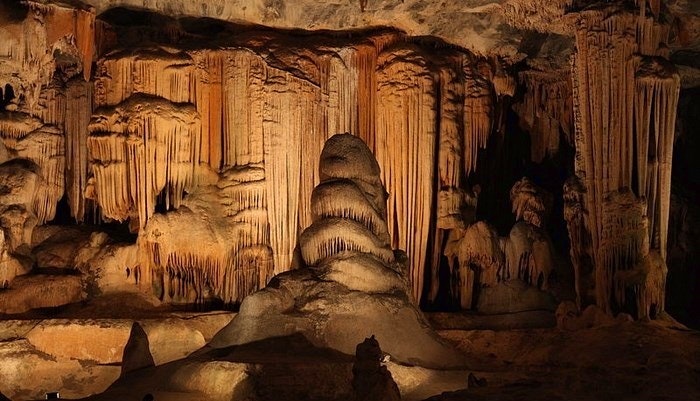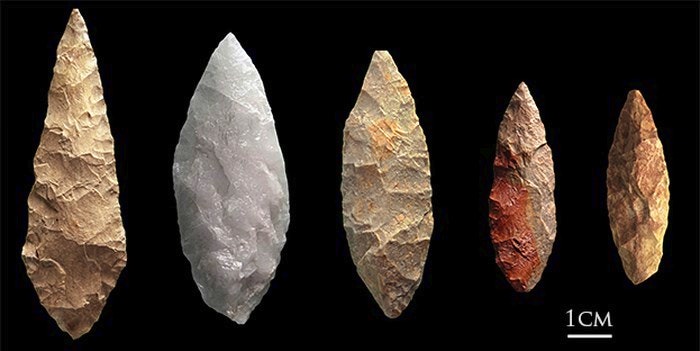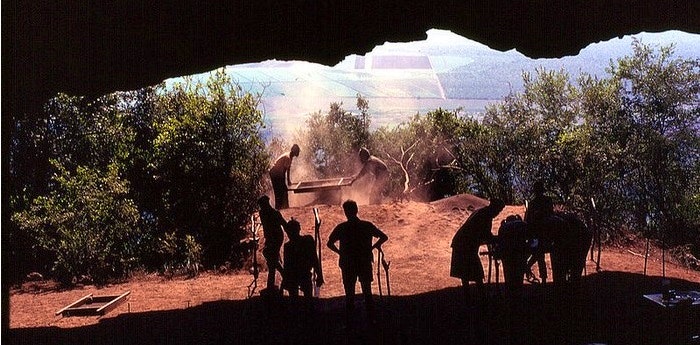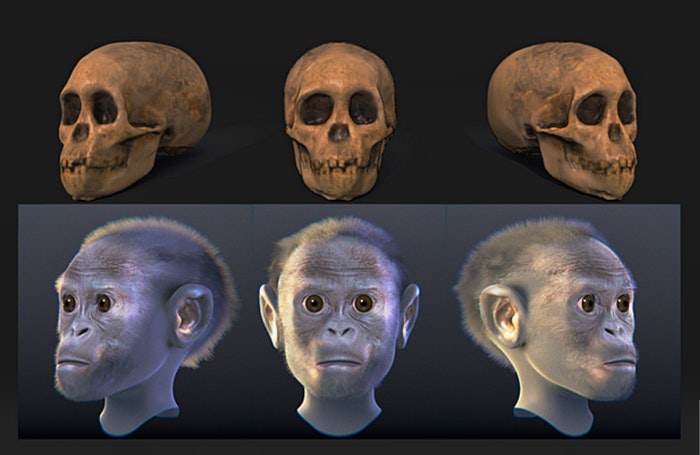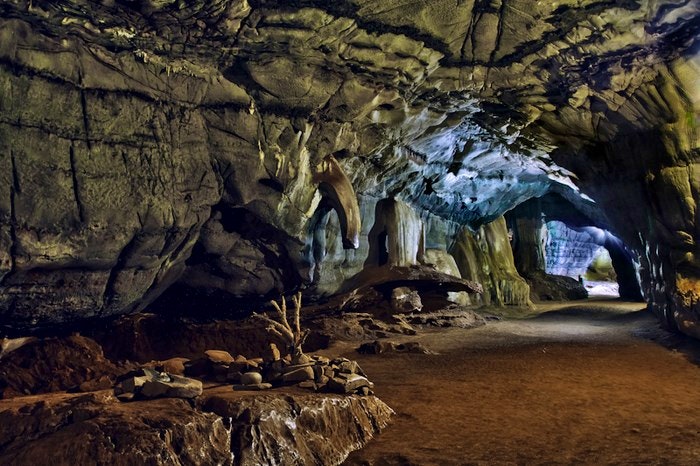Fossilized remains and artefacts discovered around the world have given humanity a blast from the past, by providing greater insight into how early mankind lived, what they ate, and what flora and fauna was around. Some of the richest fossil finds known to mankind can be found in our own backyard – and the latest find to take the world by storm is the cache of bones which has given rise to the species of #HomoNaledi. However, here are 12 other sites and findings around South Africa that everyone should know about:
**Please note that BP after dates shown below stands for Before Present.
Cradle of Humankind World Heritage Site (Gauteng and North West)
The Cradle of Humankind is one of the richest Palaeolithic areas known to man due to the fossils and artefacts it has yielded. The Cradle is not a single site, but a large region comprised of multiple cave systems and dig sites.
- Sterkfontein Caves
The immense Sterkfontein Cave system is one of the richest fossil sites in the world, and is credited with providing over a third of the early hominid fossils found across the globe, prior to 2010. It also has a range of flora and fauna fossils, as well as stone artefacts. It is also the site where the famous “Mrs Ples” skull was discovered.
- Swartkrans
After Sterkfontein, Swartkrans is the second highest fossil yielding cave in the Cradle of Humankind. Other discoveries within this cave include bone tools that are presumed to have been used for digging tubers and termites, as well as burned animal bones which suggest knowledge of fire.
- Coopers Cave
Cooper’s Cave has been noted for being the second richest site for early stone tools within the Cradle of Humankind, after Swartkrans.
Western Cape
- Blombos Cave, Blombos Private Nature Reserve
Less than 30 minutes away from Stillbay is Blombos Cave, which is quite secluded along the coast due to its position within the cliff face. Within the cave, a Middle Stone Age art workshop was discovered, and notable items include polished bone tools, carved ochre shells, engraved bone fragments, and even fishing items.
- Diepkloof Rock Shelter, Atlantic Coast
Some of the earliest examples of symbols by early humans were discovered in Diepkloof Rock Shelter, and were carved onto ostrich shell fragments and ostrich eggshell water containers. Approximately 408 ostrich eggshell fragments have been recovered here.
- Langebaan Lagoon, West Coast National Park
Though this particular entry isn’t a cave like the other places mentioned in this post, it is the site of the “Footprints of Eve”, which are the oldest known female footprints of a modern human, and date to approximately 117,000 BP. It is thought that this female figure would have been alive during the same era as Mitochondrial Eve.
- Cango Caves, Karoo
The expansive Cango Caves are the oldest tourist attraction in South Africa. Several hearths, stone artefacts and other materials were discovered here that prove ancient man inhabited the cave and entryway tunnels during the Middle and late Stone Ages.
One of the many mysteries of the Cango Caves is an engraving of an elephant, superimposed over an eland. The engraving of the elephant is viewable only from one side of the cave, while the eland can only be seen from the other side. The engraving is unique not only in design, but because it is situated in a completely dark area of the caves.
Limpopo
- Makapansgat / Makapan Valley World Heritage Site
Makapan Valley, set northeast of Mokopane, consists of numerous caves that contain fossils and artefacts which are dated to between 4 million – 2. 6 million years BP. Discoveries within this valley include Buffalo Cave, where an extinct pygmy buffalo fossil was discovered, Ficus Cave where an underground lake and 19th century relics were discovered, and the Historic Cave, which has yielded several Iron Age and Mfecane relics.
KwaZulu-Natal
- Border Cave
Set within the Lebombo Mountain in KwaZulu-Natal is the aptly named Border Cave, which due to discoveries made, is believed to have been occupied by ancient man for over 200,000 years! Tools found here date to 44,000 BP, and amazingly, are almost identical to those used by modern nomadic San people. The Lebombo Bone found here remains the oldest known counting tally artefact known to man, and dates back 35,000 years.
- Sibudu Cave
Sibudu Cave is the site of the oldest known plant-based sleeping mat, which dates back to approximately 77,000 years ago. This finding predates previously discovered bedding by 50,000 years. The plant-based material in the mat includes the Cape Laurel which has natural insect repelling oils and properties. Other finds in this cave include the first known ancient needle and the earliest example of a bone arrow; both dating to 61,000 BP.
North West
- Taung Skull Fossil Site
The Taung Child skull was discovered during mining operations in a limestone quarry in Taung. It was theorised by Richard Dart (to whom the skull was delivered – along with a box of baboon remains) that the skull was of a hominid child of 3 – 4 years old, who had a similar skeletal structure to modern man. The official name for the Taung Child is Australopithecus africanus.
- Gondolin Cave
Gondolin Cave is the only cave within the Cradle of Humankind on the North West side of the border. This cave is closed to the public. Fossils were discovered during limestone mining in the early 20th century. Over 4,863 fossil specimens were discovered, including an extinct porcupine species.
Mpumalanga
- Sudwala Caves
The Sudwala Caves in Mpumalanga are one of the most popular tourist destinations in South Africa. They are famous for being the oldest caves in the world, as well as for the Early to Late Stone Age tools that were discovered within them. These caves have been used by mankind for over 2.5 million years, and were named after the Swazi captain, Sidwaba, who sheltered here in the 1800s.
A full list of caves in South Africa can be found on Wikipedia. Have you visited any of the places mentioned above?
Main image credited to Magnus Haaland (Creative Commons)

